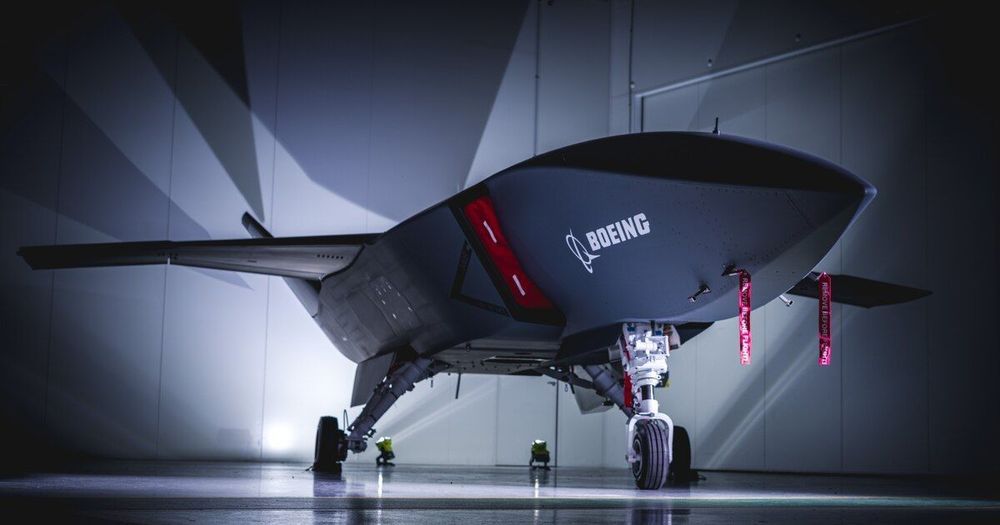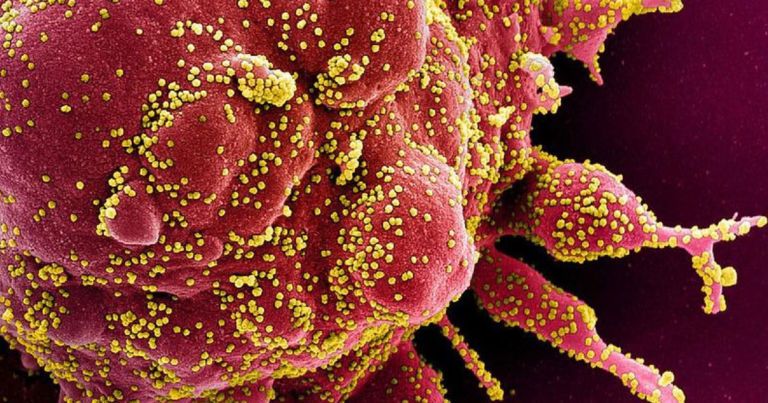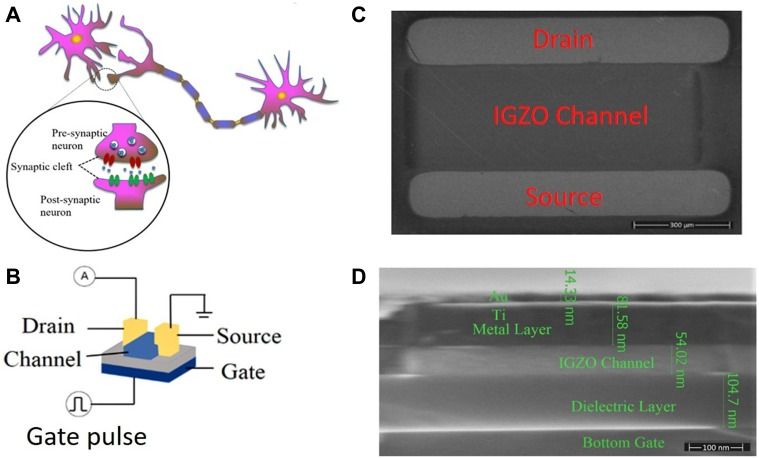Most newly discharged patients who recently recovered from COVID-19 produce virus-specific antibodies and T cells, suggests a study published on May 3rd in the journal Immunity, but the responses of different patients are not all the same. While the 14 patients examined in the study showed wide-ranging immune responses, results from the 6 of them that were assessed at two weeks after discharge suggest that antibodies were maintained for at least that long. Additional results from the study indicate which parts of the virus are most effective at triggering these immune responses and should therefore be targeted by potential vaccines.
It is not clear why immune responses varied widely across the patients. The authors say this variability may be related to the initial quantities of virus that the patients encountered, their physical states, or their microbiota. Other open questions include whether these immune responses protect against COVID-19 upon re-exposure to SARS-CoV-2, as well as which types of T cells are activated by infection with the virus. It is also important to note that the laboratory tests that are used to detect antibodies to SARS-CoV-2 in humans still need further validation to determine their accuracy and reliability.
“These findings suggest both B and T cells participate in immune-mediated protection against the viral infection,” says co-senior study author Chen Dong of Tsinghua University. “Our work has provided a basis for further analysis of protective immunity and for understanding the mechanism underlying the development of COVID-19, especially in severe cases. It also has implications for designing an effective vaccine to protect against infection.”








